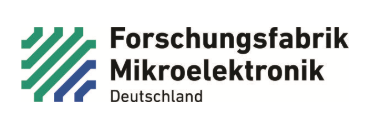Fraunhofer strategic research: Cognitive systems, AI and data sovereignty

In its strategic research section , Fraunhofer combines the competences of its institutes to develop comprehensive system solutions for strategically important topics. An example is the future research into cognitive systems, artificial intelligence and data sovereignty which Fraunhofer CCIT is part of. Machines are taking over more and more areas of application and are helping people make better decisions. At the same time artificial intelligence systems are taking over more and more tasks in factories, offices and everyday life. In addition, with digitization, the economy's need for data protection, secure data exchange and data sovereignty is growing.
 Fraunhofer Cluster of Excellence Cognitive Internet Technologies CCIT
Fraunhofer Cluster of Excellence Cognitive Internet Technologies CCIT

